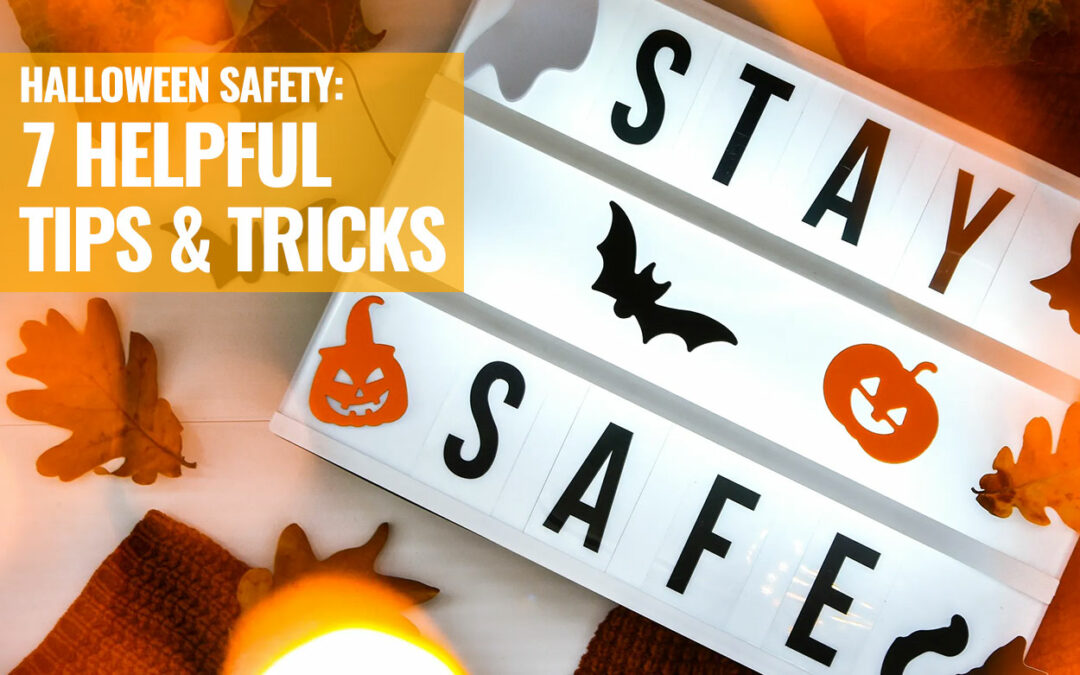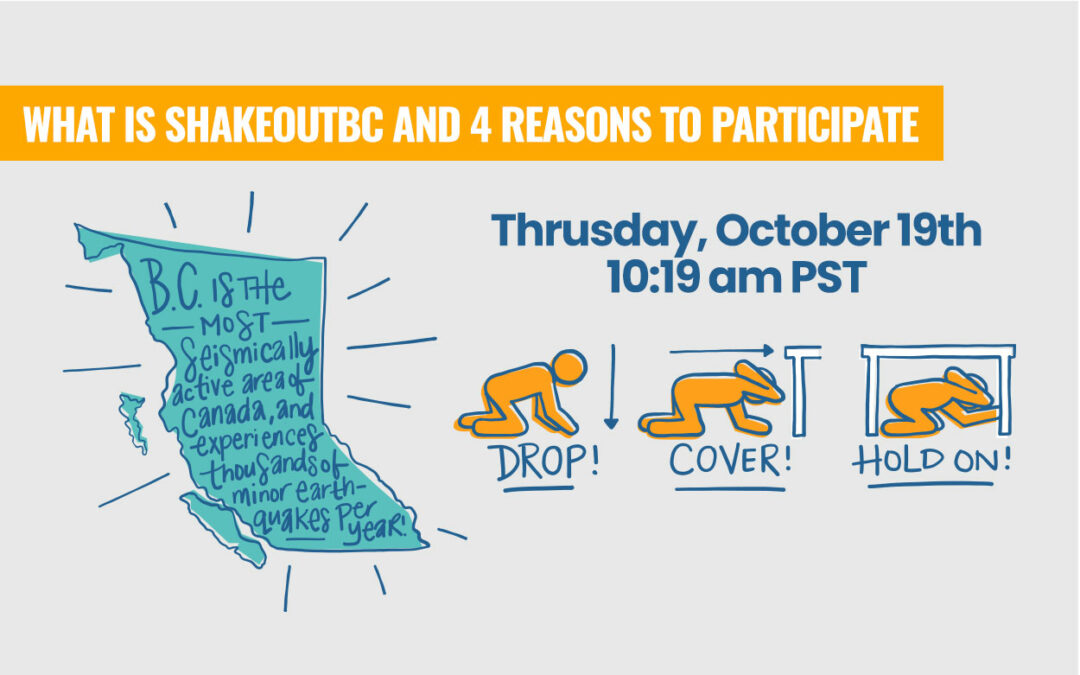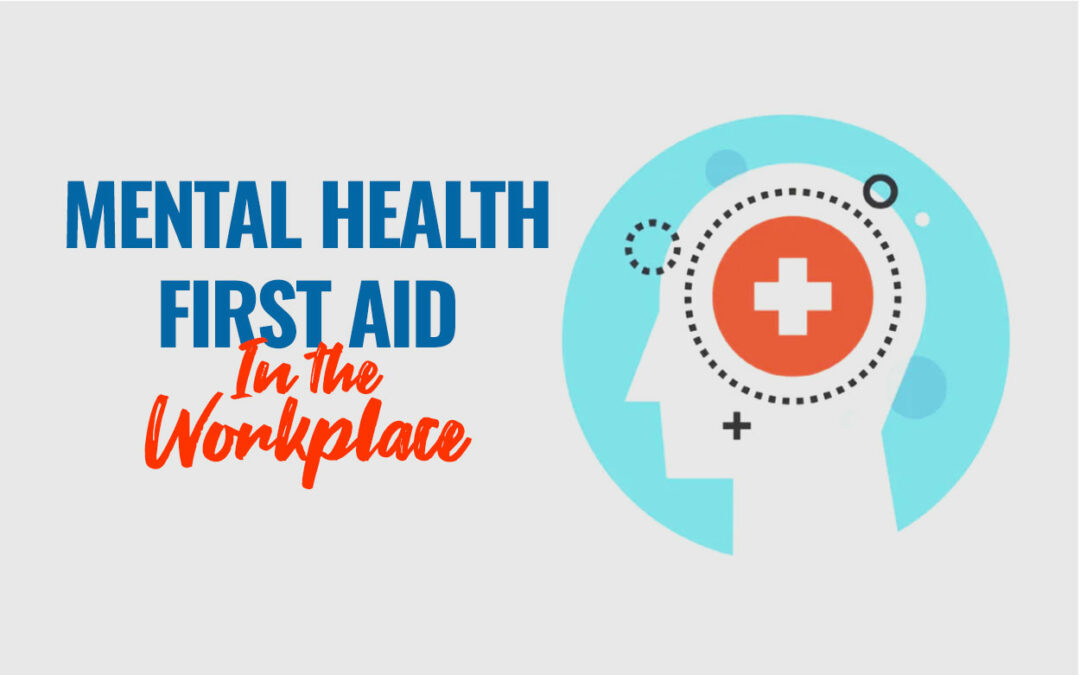
Empower and Transform: Mental Health First Aid in the Workplace
Empower and Transform: Mental Health First Aid in the Workplace
The importance of physical health and safety in the workplace is universally acknowledged. However, an equally critical aspect that often goes unnoticed is the mental well-being of employees. In our efforts to help promote health, safety, and first aid training, SOS Emergency Response Technologies offers the transformative power of Mental Health First Aid (MHFA) training in the workplace.Understanding Mental Health First Aid
Mental Health First Aid is a training program that teaches participants how to identify, understand, and respond to signs of mental illnesses and substance use disorders. It’s akin to traditional first aid but focuses on mental health crises and issues. In a typical workplace, while we may have several individuals trained in physical first aid, mental health first aiders are far less common, yet equally essential.Why Mental Health First Aid in the Workplace?
The workplace is not just a physical space where employees complete tasks; it’s a social environment where different personalities, stressors, and challenges converge. Mental health issues, if left unaddressed, can significantly impact employee well-being, productivity, and the overall health of the organization.
Mental Health First Aid Training empowers employees to support their colleagues in times of need, creating a more empathetic and understanding work environment.
Key Benefits of Mental Health First Aid Training
Promoting Early Intervention: Early identification of mental health issues can lead to interventions that prevent these conditions from escalating. Mental Health First Aid Training provides the skills to recognize the early signs of mental health problems, enabling timely support.Demystifying Mental Health:
Mental Health First Aid Training educates employees about mental health conditions, challenging stereotypes and misconceptions. This awareness fosters an inclusive atmosphere where employees feel valued and understood.Crisis Management Skills:
In times of a mental health crisis, such as a panic attack or severe stress response, MHFA-trained individuals can provide immediate support and guide the person to appropriate help, potentially averting more serious consequences.Enhanced Employee Engagement and Satisfaction:
When employees feel supported in all aspects of their health, they are more engaged and satisfied with their job. This satisfaction can lead to reduced turnover and increased loyalty to the company.Creating a Culture of Care:
Mental Health First Aid Training instills a sense of collective responsibility for mental health, encouraging a supportive and caring work culture.Legal and Ethical Compliance:
Mental Health First Aid Training demonstrates an organization’s commitment to its legal and ethical responsibilities regarding employee well-being.Economic Benefits:
By addressing mental health proactively, organizations can reduce costs associated with absenteeism, decreased productivity, and high turnover rates.The Course Outline
Our 16-hour MHFA course is structured to maximize understanding and practical skills in a workplace setting. It covers:
- Basics of mental health, including common conditions like depression, anxiety, and substance use disorders.
- Techniques for approaching and supporting someone experiencing a mental health issue or crisis.
- Action plans for a variety of scenarios, ensuring participants are prepared for real-life situations.
- Discussions on creating a more supportive and inclusive workplace culture.
Who Should Attend?
Mental Health First Aid Training is beneficial for everyone in the workplace, regardless of their role or seniority. It is particularly valuable for:
- Human Resources personnel
- Team leaders and managers
- Employee wellness program coordinators
- Any employee interested in fostering a supportive work environment
Our Approach to Training
Our training is led by experienced professionals and is designed to be interactive and engaging. We tailor our sessions to meet the specific needs of your organization, ensuring relevance and practical application.Join the Movement Towards a Healthier Workplace
By investing in Mental Health First Aid Training, you’re not just enhancing the individual well-being of your employees; you’re contributing to the creation of a more resilient, productive, and harmonious workplace. This training is more than an educational program; it’s a commitment to the holistic health of your workforce.
Mental Health First Aid Training is an essential component of any comprehensive workplace health and safety strategy. It equips individuals with the knowledge and skills to support their colleagues, contributes to a positive work environment, and demonstrates an organization’s commitment to its most valuable asset – its people.
Your journey towards a mentally healthy workplace begins with this crucial step. Enroll your team in our MHFA course today, and be a part of creating a workplace where everyone thrives.
As workplaces continue to evolve, the need for comprehensive health and safety measures that include mental well-being is more apparent than ever. Mental Health First Aid Training is not just a course; it’s a vital investment in the future of your organization and the well-being of your employees.
Join us in this critical endeavor to create workplaces that are not only productive but also supportive and mentally healthy.
Suicide Crisis Hotline: Call or Text 9-8-8
Find helplines and other crisis resources in your community. Go to: 988.ca

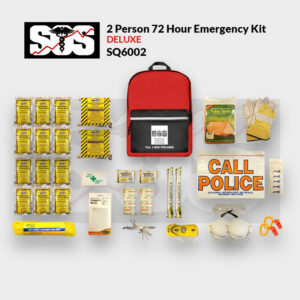
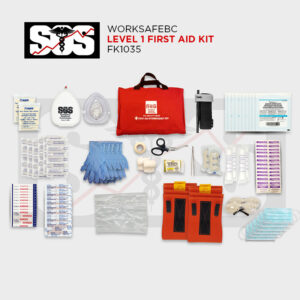
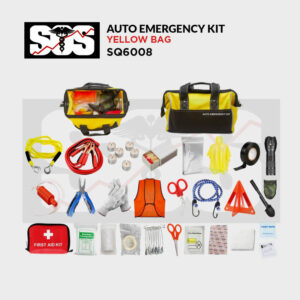

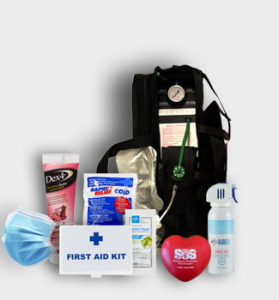
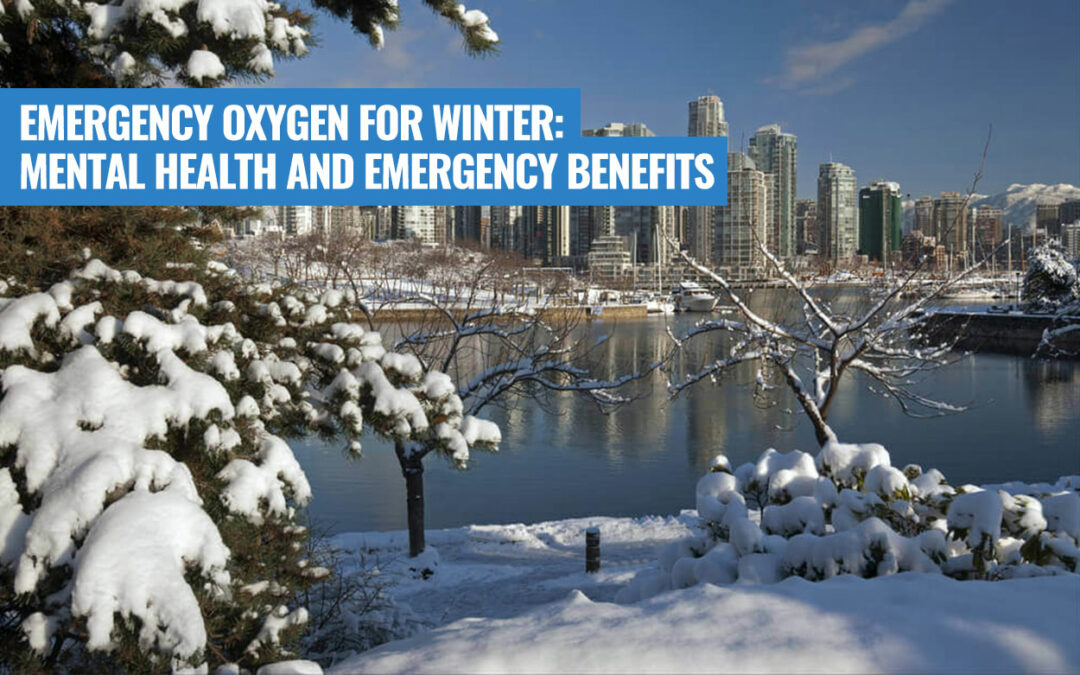
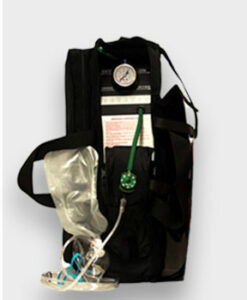 The
The 
